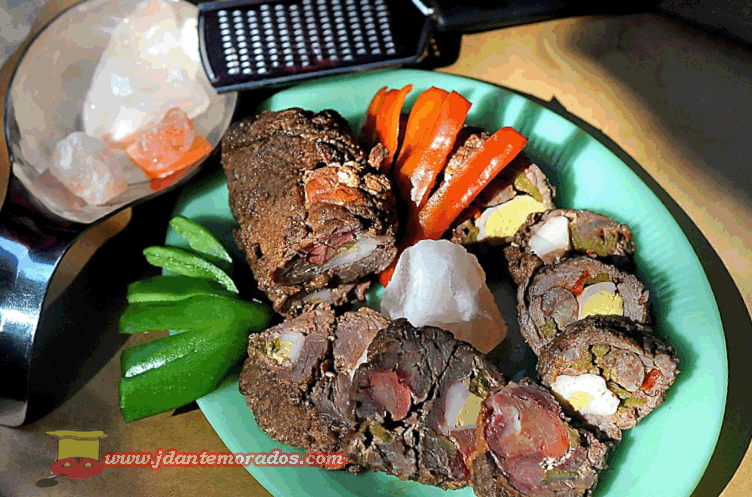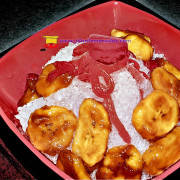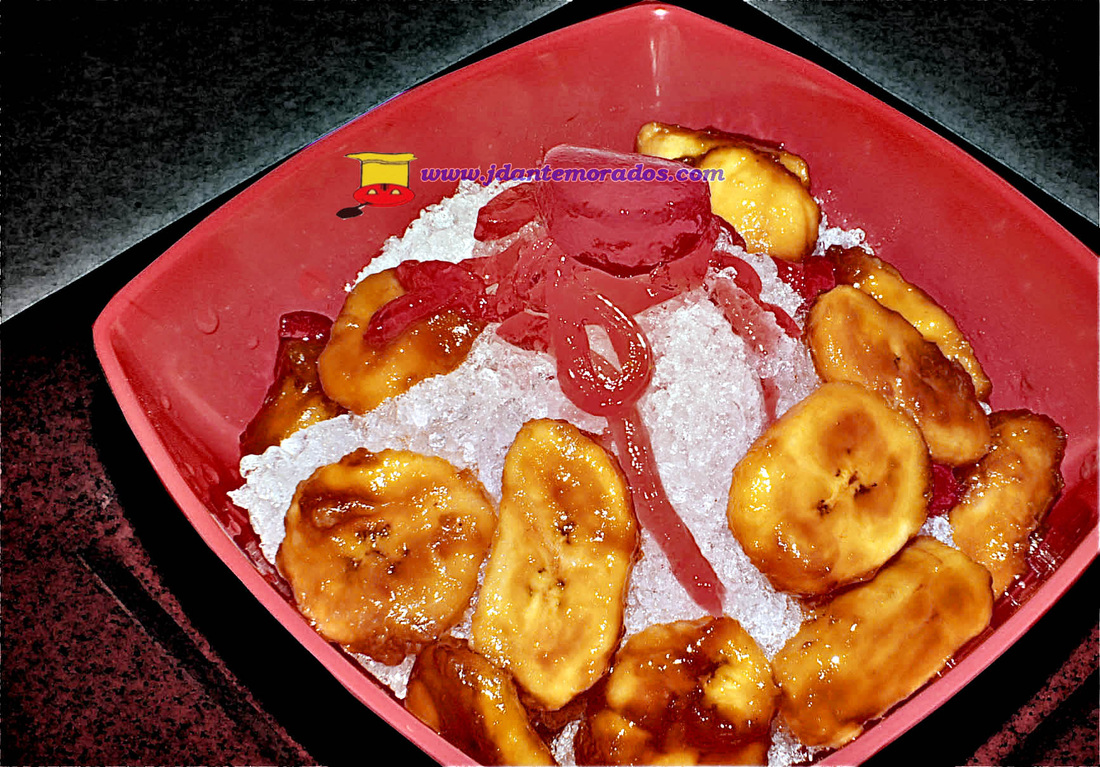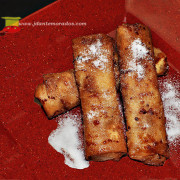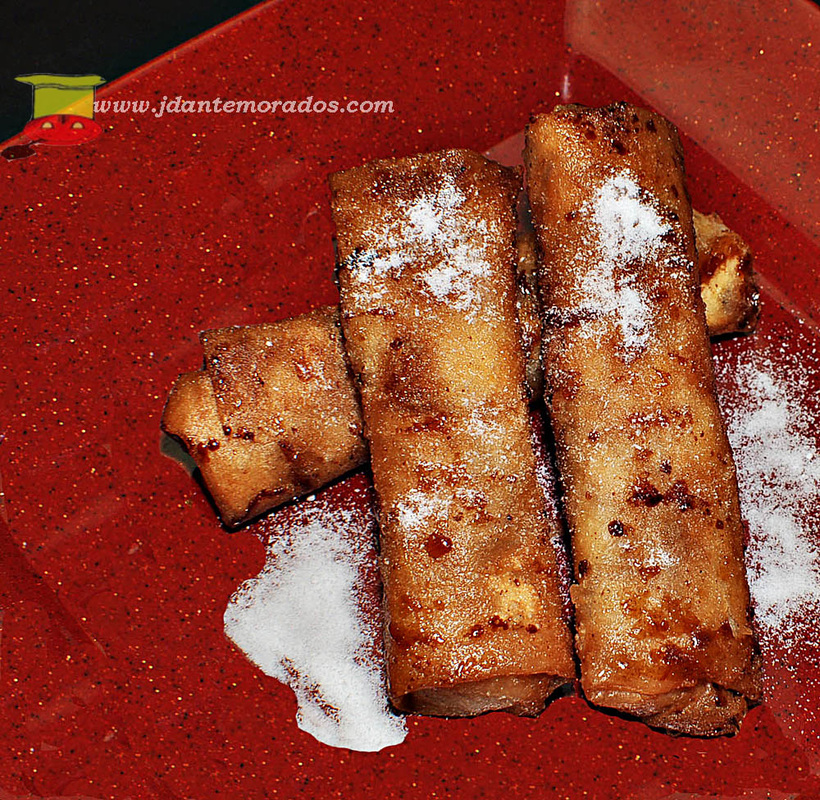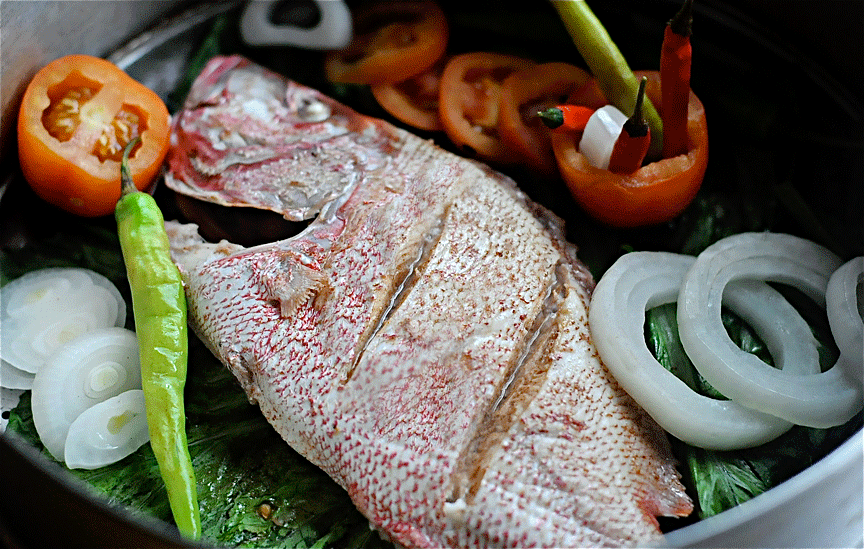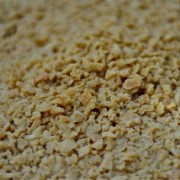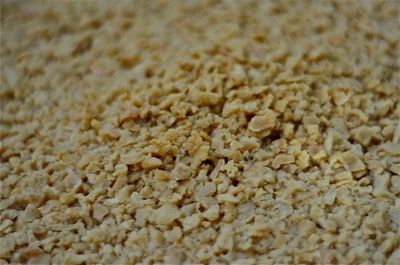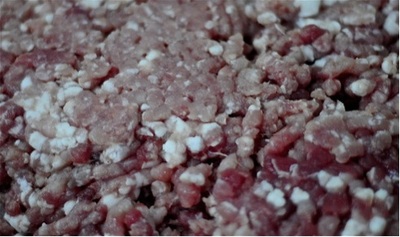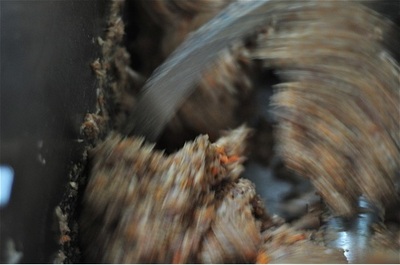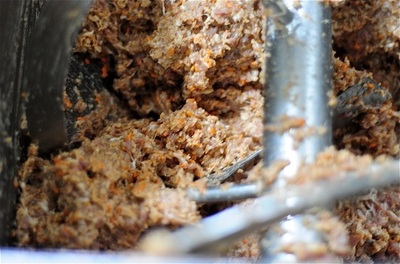Himalayan Rock Salt Sprinkled Fil-Am ROULADE.
(MY 3RD RECIPE IMPERFECTION FOR THE YEAR
…BESIDES BEING PERFECTLY YUMMY)
A bit of “story-telling-a-lie” prelude.
Why imperfection?
Of 37 years involvement with food ingredients’ blending,
each time I create a new and/or innovate dish
(either for our own offering or for client-restos) , all angles,…repeat
…all angles are considered & set to matter in the final come-out:
*from “just needed ingredients’ mix” to utilize
*to systematic and chronological order of pouring them in
to attain desired aroma, flavor and whole-roundedness
*up to final “simple appetite-stimulating flare” capped-off by
photographic angle shots.
Two times this year I blundered, not with ingredients’ blend,
but 1: overlooking a better part of pork to use
than the one in client-submitted recipe
2: being contented with a “so-so” angle snap
that it was quite late to redeem the already published shot.
Why sprinkle Pakistan’s Himalayan rock salt?
For aesthetics, exotic-ity in a dish and the subtle saltiness it renders.
(Never mind if you don’t get this. Ordinary table salt will do)
Why Roulade?
Roulade is a French term meaning to roll,
where sliced meat is rolled over fillings.
Different countries have their signature fillings like:
1. bacon & onion for Germany that they call theirs Rouladen
2. eggs, crumbs and cheese for Braciole the Italian Roulade
3. SZUZ for the Hungarian minced meat filled Roulade.
and a lot more.
The MORCON of Pinoys, which in itself is a Roulade, is erroneously termed as such
for Morcon is a Spanish word for big intestines,
the very reason why I did not call this dish as such.
Why Fil-Am Roulade?
At left of picture is the type that contains ham, hotdog and cheese
as fillings thus, American in nature.
At right the local fillings make it a Filipino: vigan longaniza, cheese,
red & green bell peppers etc.
AND WHAT’S THE 3RD IMPERFECTION?
Honestly, 2:
1. I sliced the beef so thinly that during braising some fillings slipped off
2. I forgot to pour the ultra sumptuous full flavored braising sauce
that made the beef in pic looks so DRY.
DRY? Ah never mind. Dyahi but still I have to post.
Anyway, let’s do it and babawi na lang ako next time..
1 kilo fully cleaned beef, ¼-inch thick rectangularly/squarely-sliced sirloin or top round (or brisket or short plate).
Try to come-up with 2 sheets.
Should there be trimmings on ends in creating square or rectangle
beef-sheet, slice thinly & include them in the fillings.
10 grams coarse sea salt
5 grams ground black pepper
500 ml. tomato sauce
400 ml. tap water
100 ml. palm or soya oil
enough thick thread for tie-ing
AMERICAN FILLING:
3 slices of your fave ham
2 pieces hotdogs
1 & ½ hard boiled eggs
3 slices of cheddar cheese
3 pieces celery stalks
½ sliced red bell pepper
½ sliced green bell pepper
FILIPINO FILLING:
3 pieces vigan longaniza
1 & ½ hard boiled eggs
3 slices of cheddar cheese
½ red bell pepper
½ green bell pepper
30 ml. Tabasco sauce
PROCEDURES:
1. Dust 2 beef sheets with salt & pepper
2. Line up in the middle all the fillings of the American type.
3. Do the same with fillings of Filipino type.
4. Roll into round log.
5. Secure with thick thread.
6. Heat oil at medium temp. One at a time, brown fully each side-all around beef rolls.
May take 10-15 minutes each roll. Set aside.
7. In suitable casserole, line at bottom both rolls.
Pour in water, tomato sauce and the left over browning oil. Stir well.
8. Bring to boil. Once boiling starts set temp to lowest and simmer
for 1 hour 45 minutes.
9. When done, slice, arrange in plate, garnish and scrape-off OPTIONAL rock salt on top
or sprinkle with ordinary coarse sea salt.
10. Serve with left over sauce as side dip.


